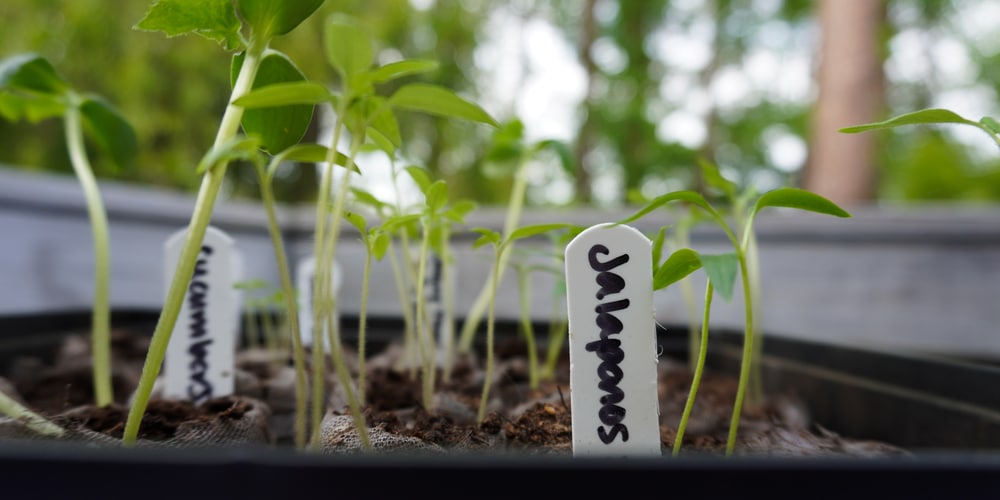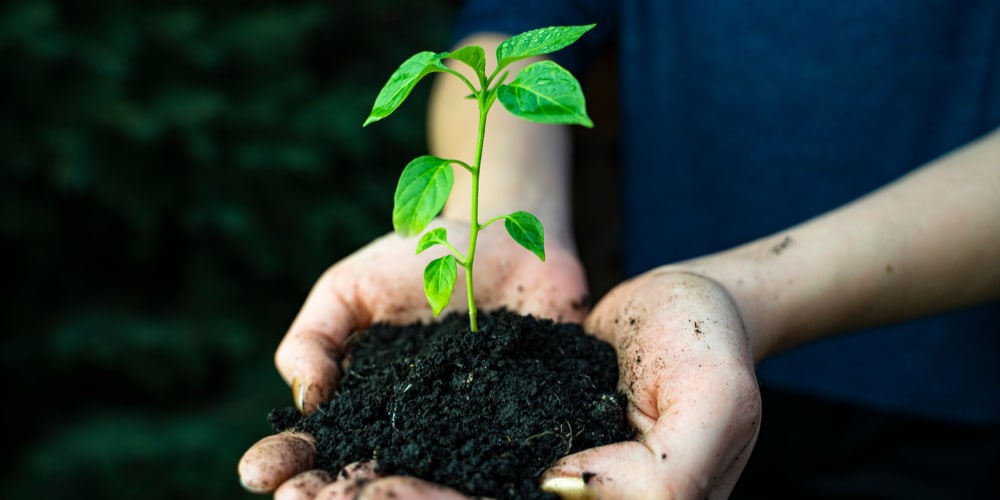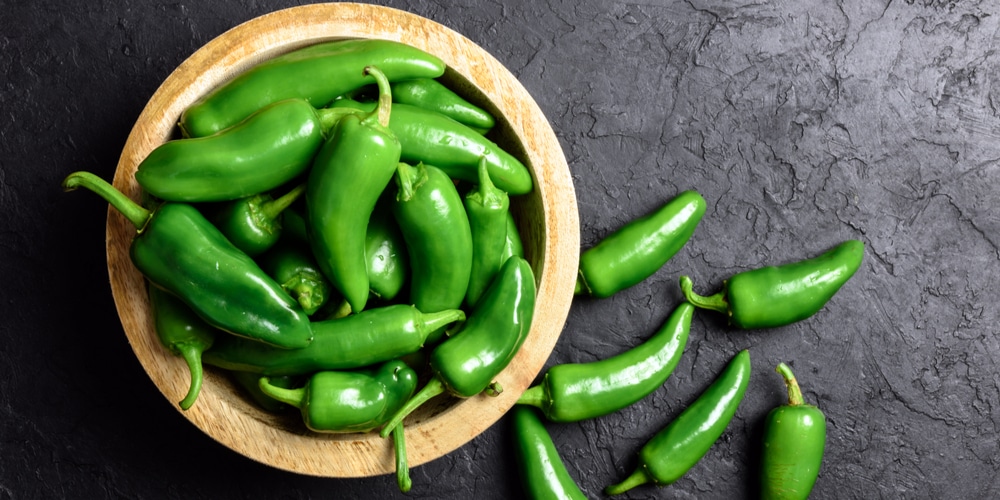Growing Jalapeno from seed to fruit is a truly rewarding experience. To do this, you’ll need to understand the different ‘stages’, or growth cycle of a jalapeno plant.
Generally speaking, there are six unique Jalapeno plant stages- seedling, adolescence, growth, maturation, flowering, and finally, fruiting. Let’s take a look at each as we outline a short care guide so you can succeed.
The 6 Stages of a Jalapeno Plant

The Seedling Stage
Weeks zero to three of a jalapeno plant is called the seedling stage. Here, the seeds germinate, sprout and turn into seedlings and grow their true leaves.
Jalapeno growers will need to keep a close eye on the soil’s moisture levels and the amount of light the seedlings are getting. Anywhere between 12 to 16 hours of bright light daily is recommended, and you can do bottom watering to keep the seedlings hydrated.
The Adolescence Stage
The adolescent stage is marked by the jalapeno seedlings sporting two or three sets of true leaves. The cycle lasts about a week, at which point you can already transplant them from seed cells and into larger pots or containers.
You can start fertilizing your jalapeno plants at this point, and either a water-soluble or granular fertilizer works fine. Lighting and watering should be kept more or less the same, e.g., 12 to 16 hours of light and a constantly moist medium.
The Growing Stage
Weeks 4 through 8 mark what’s called the ‘growth stage’, which is where jalapeno plants start to form characteristic foliage and shape.
Growth speed will be markedly more progressive, and you can support your plant by transplanting it to its second pot (if you haven’t done so already), feeding it a nitrogen-based fertilizer (if the soil isn’t nutrient-rich), and watering every so often.
You should keep an eye out for potential growing pains, such as yellowing leaves which indicate a lack of nutrients in the soil. Your jalapenos might also try to form flower buds, which you should remove with a sterilized pair of scissors or shears.
Continue feeding full-strength fertilizer with nitrogen as its main ingredient. It’s also recommended that you expose the jalapeno pepper plants to more bright light (either outside or with the help of a grow light).
The Maturation Stage
After 2 to 4 months your jalapeno plants will have grown to maturity. You should transplant them to their final container where the plants will achieve their full size. It’s also the phase where you slowly introduce your jalapenos to the outdoor environment, or what’s called ‘hardening off’.
The maturation stage dictates the abundance of future jalapeno yields, so it’s rather important that you provide as many nutrients and light as possible. It’s worth noting that the plant’s end size will depend on the size of the container you put them in. With this in mind, we suggest you plant your jalapenos in a 3-gallon pot as a minimum.
The Flowering Stage
As Jalapeno plants are exposed to direct sunlight they should begin forming fruit buds. During this time, it’s better to remove premature flowers to encourage the plant to create more leaves and stems.
At this time you should stop feeding nitrogen-rich fertilizer and switch to one that’s high in phosphorus content. Dropped flower buds are normal if there’s only one or two, but if it’s constantly happening then it’s a sign that your jalapeno plant might be stressed.
Overwatering and overly hot temperatures are common causes of flower dropping in Jalapeno plants. You’ll want to adjust watering more frequently to address them being exposed to direct sunlight, but it shouldn’t be too much that it leads to wet soil.
The Fruiting Stage
Meet all of your Jalapeno plant’s needs and you’ll get it to the fruiting stage. It’s characterized by flowers dropping their petals naturally and forming fruit and seeds.
Pepper plants, including jalapenos, will not need as much nitrogen when creating fruit. As mentioned, stick with phosphorus content so you get big flowers and healthy fruits.
Jalapeno fruits will start light green, then turn a deep shade of green and black until it becomes red. Keep your plant under direct sunlight and water as needed so as to avoid wilting. Be mindful not to overwater though as it can lead to poor jalapeno plant health.
Related Article: Why Are My Jalapenos Turning Black?

